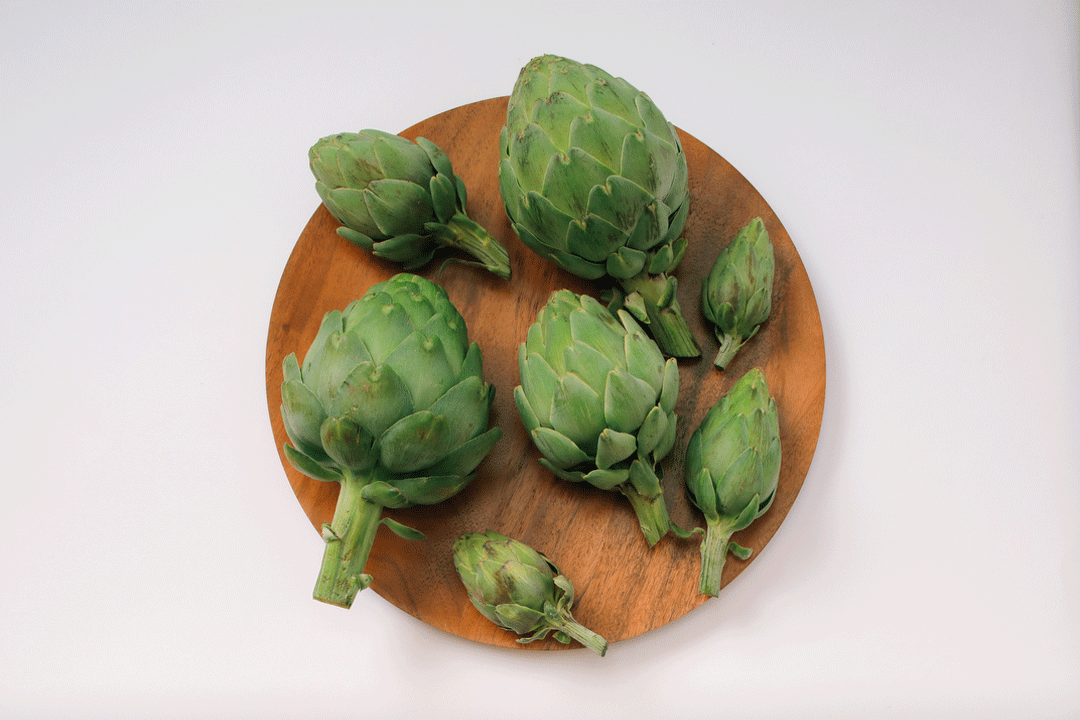Forklore: Thistle be good
The artichoke is descended from the cardoon: That much is clear. The difference between these two edible thistles is that the cardoon is raised for its thick, meaty stems, while the artichoke is raised for its unopened flower buds.
Or that much should be clear.
Some people claim that the ancient Romans ate artichokes because they ate the buds as well as the stems of cardoons, but this is a question of semantics. Cardoon buds are smaller and less tasty than artichokes, so do you say that a variety of cardoon raised for better buds is a new vegetable or not?
In any case, bud-eating had apparently died out in Europe when the artichoke (or artichoke variety of cardoon, if you prefer) was developed, because the introduction of the artichoke was a sensation in Renaissance Italy. The new breed of thistle was apparently bred in Moorish Spain, because it has an Arabic name: al-kharshuf, which means âlittle cardoon.â And probably late in the Middle Ages, because the kharshuf recipes in 13th century Moorish cookbooks clearly describe the cooking of stems, not buds.
More to Read
Eat your way across L.A.
Get our weekly Tasting Notes newsletter for reviews, news and more.
You may occasionally receive promotional content from the Los Angeles Times.









